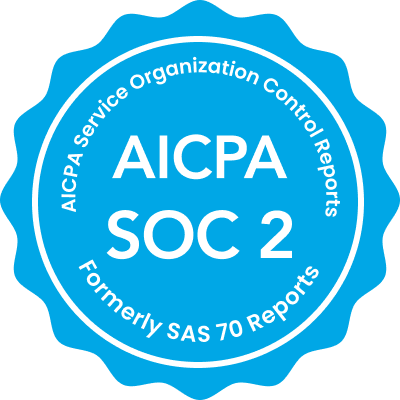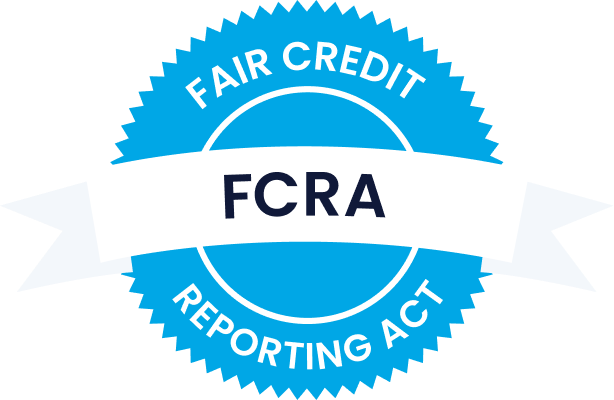Tenant screening involves several steps, the first of which is evaluating rental applications. A rental application form is one of the best tools you have as a landlord for vetting potential tenants. It also sets expectations for what the eventual lease agreement will look like.
That’s why implementing a practical, standardized rental application method should be on your to-do list as a landlord. In this article, we’ll share five tips to streamline the rental application process so you can find your perfect tenant in no time.
Tip #1: Make the rental application form easily accessible
Going digital is a no-brainer when choosing how to distribute your rental application form. Online documentation is fast, convenient, and easily accessible for tenants. It’ll also make your job as a landlord easier when it comes to managing paperwork. Here’s a comprehensive rental application form you can provide to prospective tenants.
Convert your rental application form to PDF format and upload it to your website or another online portal where applicants can easily download it. Ensure the form works well on all devices, especially smartphones.
Also, consider setting up a process for collecting digital signatures. Many e-signature platforms, such as DocuSign, are available online, which will help you set up a system for collecting electronic signatures from applicants.
Tip #2: Conduct a pre-screening interview
There’s no sense in providing a rental application form to everyone who expresses an interest in your rental property. You’ll only create more work for yourself as you’ll have to sift through dozens of applicants.
For this reason, it’s wise to arrange a brief interview with each applicant where you can ask them some critical pre-screening questions first. By doing so, you can weed out those who fail to meet your minimum requirements and drastically reduce the number of applications you’ll need to review.
Here are some questions to ask tenants during your pre-screening interview.
Tip #3: Set clear expectations for the rental application process
Establishing clear guidelines that each applicant must follow is vital to ensure the application process goes smoothly. Doing so will minimize the chance of receiving an incomplete or incorrectly filled-out rental application form. You’ll also reduce the possibility of a misunderstanding between you and the prospective tenant, which can lead to disputes or even lawsuits.
To prevent discrimination and ensure an objective assessment of each potential tenant, have all applicants complete the same rental application form. Consistency is essential: don’t amend the form mid-way through your tenant search.
Whether you create a rental application form from scratch or use a template, ensure you include or address the following:
Outline how to fill out the rental application form and where to submit it. It’s best to provide this information at the top of the first page so that it’s the first thing an applicant will see.
Include on your form the date range for when you’ll begin reviewing applications and what date you expect to select a new tenant. Doing so will encourage applicants to complete the form on time.
Applicants should be aware of what constitutes valid identification for the screening process. Include a list of examples of appropriate documents, such as a driver’s licence and passport.
As long as you’re operating within the bounds of the laws, it’s your right as a landlord to prohibit certain activities and behaviour on your property. These can relate to areas like smoking, pets, and operating a rental property arbitrage business. By clarifying your rules, applicants will know what to expect when signing the lease agreement. Remember to mention any security deposit requirements and when it’s payable.
Indicate that by signing the rental application form, the individual consents to a credit and background check. Be transparent by specifying what the process entails (e.g., contacting prior landlords, reviewing criminal records, etc.).
Tip #4: Request only essential information in the rental application form
Refrain from overwhelming tenants (and yourself, too) with a complex and lengthy document. Keep it brief and straightforward with a maximum of two pages.
A long and detailed rental application form risks alienating prospective tenants and takes too much to evaluate. Only request essential information, which means that it’s:
- Relevant to vet the applicant’s suitability for your rental property, and
- Necessary for you and the tenant to enter into a lease agreement.
Avoid redundant or intrusive questions, such as those that relate to the person’s lifestyle, hobbies, home décor preferences, etc.
Here’s a list of relevant details you can request that applicants provide:
- First and last name
- Email address
- Phone number
- Driver’s licence number
- Current or previous address
- Current or previous landlord contact details
- Desired lease term length
- Desired move-in date
- Reason for leaving the current residence
- Primary income source
- Household income range
- Current employer
- Employer contact details
- The number of pets owned (with further information about breed, age, size, etc.)
- Number of people who will be living on the property (including their basic information, such as name and age)
- Number of vehicles owned
- Instances of bankruptcy
- Additional information (up to the applicant’s discretion)
Write your rental application form using clear and concise language. Avoid rental industry jargon and use simple words and short sentences. The goal is to ensure anyone can understand your instructions and requirements.
It’s also critical to know the laws in your jurisdiction that prohibit landlords from asking specific questions. Such legislation is in place to ensure every person has a fair opportunity to find a home to live in without being subject to discrimination.
While the laws governing prohibited questions vary from province to province, they share many similarities. You cannot ask questions that relate to an applicant’s:
- Age
- Race
- Ethnic origin
- Religion
- Sex
- Sexual orientation
- Disability
- Family status
- Marital status
- Gender identity
- Receipt of public assistance
Contrary to popular belief, asking for a social insurance number (SIN) is unnecessary.
The only practical purpose for requesting a SIN may be to pull the applicant’s credit report. You can accomplish this using only their full name and date of birth. However, it’s still okay to ask for a person’s SIN as long as you indicate that it’s optional for the applicant to provide.
Learn more about tenant screening laws in Canada and the U.S.
Tip #5: Use online tools for document management
Keeping your rental applications organized will save you plenty of time and hassle when screening tenants.
First, you’ll have an easier time retrieving, analyzing, and cross-referencing key details as needed.
Second, the documents could serve as valuable evidence in a potential legal dispute with a tenant (for example, if they file a discrimination lawsuit).
Third, it’s your legal responsibility to keep all rental applications safe and secure, along with other relevant documents like background checks. As a landlord in Canada, you must comply with privacy laws under the Personal Information Protection and Electronic Documents Act (PIPEDA).
The best way to handle a confidential document like a rental application form is to digitize it and keep it in a central location.
Preferably, you should store the files in a cloud-based server used exclusively for your rental business. It’s a great way to ensure the data will be readily accessible for many years and kept separate from your personal files. A cloud-based service also provides dependable security and will regularly back up your data.
Our final thoughts
A well-organized rental application form is one of the most critical documents in the tenant screening process. It contains many details that can help you assess a renter’s suitability for your rental property.
Implementing a sound and straightforward rental application process can make the task of finding a new tenant much less stressful and tedious. Both you and everyone who applies to be your tenant will benefit.
SingleKey’s Tenant Report and platform can help you manage this critical step to finding your ideal tenant. The Tenant Report contains all the facts you need to assess an applicant’s credit standing, social media profile, court records, and more.





